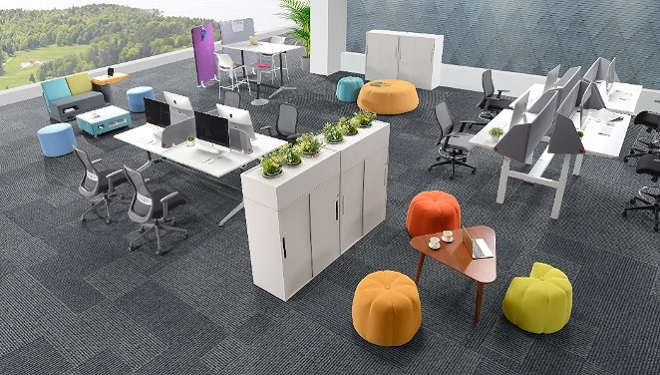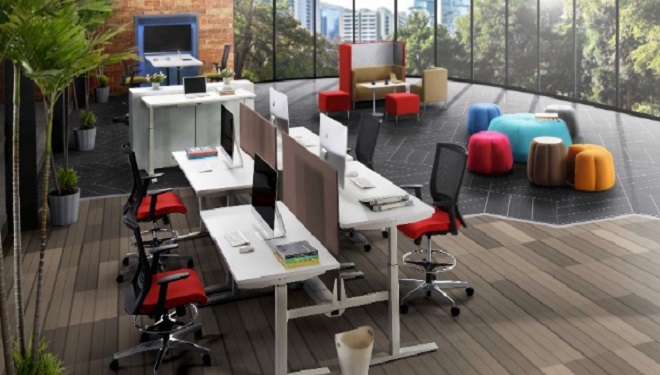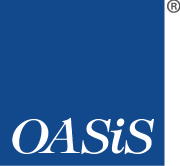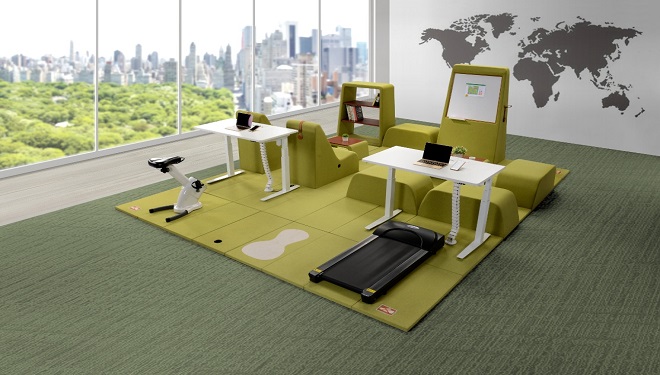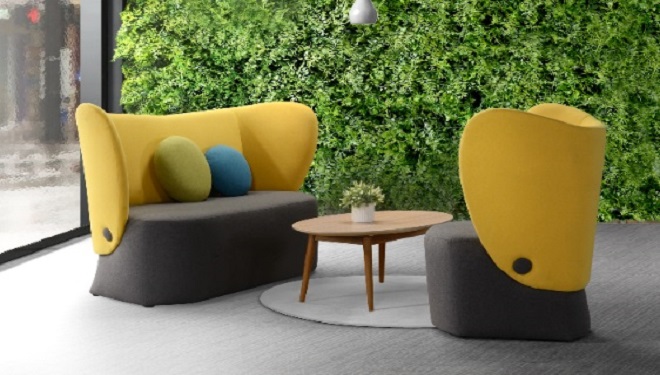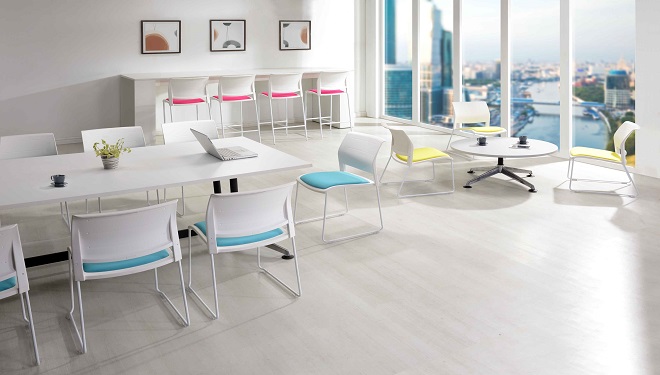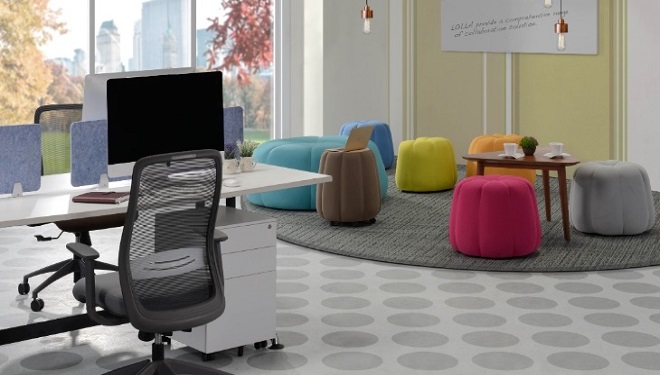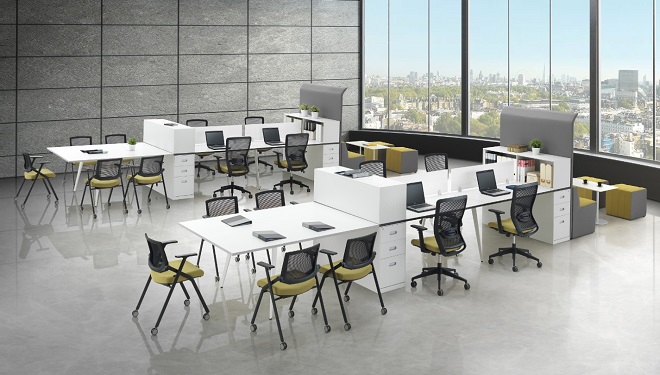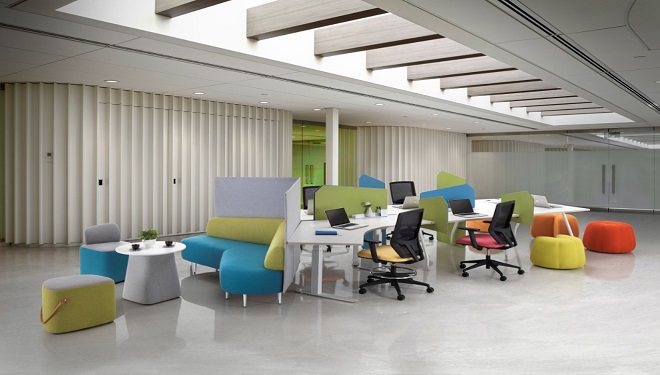When each talented individual work in an organization by their own, it�s never enough. Making a difference requires team of talented people with different set of skills working together across organizational boundaries. With the rising of millennial generation into the workforce, new skill such as emotional, intelligence and intuition are the keys to be creative.
The focus on connection between various fields is based on the idea of creating a different possibility of solution by blending together issues and organizations in new ways. It is all about creating the new opportunities. Spontaneous ideas and insights may pop out from anywhere, anytime in the organization.
Being able to collaborate in the office environment not only able to increase connection, but also building trust as well as synergy between the teams. Sense of belongingness will be developed within the organization itself.
There are 2 types of collaboration in the workplace namely, community space as well as group collaboration. Community collaboration space are available to all and located in the interior along major walk ways, making planned interaction convenient and increase chance of encounters. Whereas, group collaboration are “owned” by specific team or department and located around the space, near the team they serve.
Community collaboration
- 1. On the far left, there are 2 enclosed conference rooms for formal meetings. Across the rooms is a lounge area for quick interaction before and after meetings. The lounge is also adjacent to a printer area, supporting casual collaboration near a place where people are likely to bump into each other.
- 2. The walk ways along both central corridors is punctuated by file islands and tall tables with stools, supporting quick information exchange as people encounter each other while on the move. The file island is equipped with double duty, as a group storage as well as a place for colleagues to compare notes.
- 3. The large block on the right is a community space. Tables and seating characteristic of a caf� or coffee bar are bordered by casual lounge areas, creating an impromptu meeting space near a natural gathering spot.
- 4. Four enclosed meeting rooms located in the center of the space. The sizes are small, (four-seater) and well-equipped with technology, the right tools, sound acoustic and postural support � all attributes proven to support discussion.
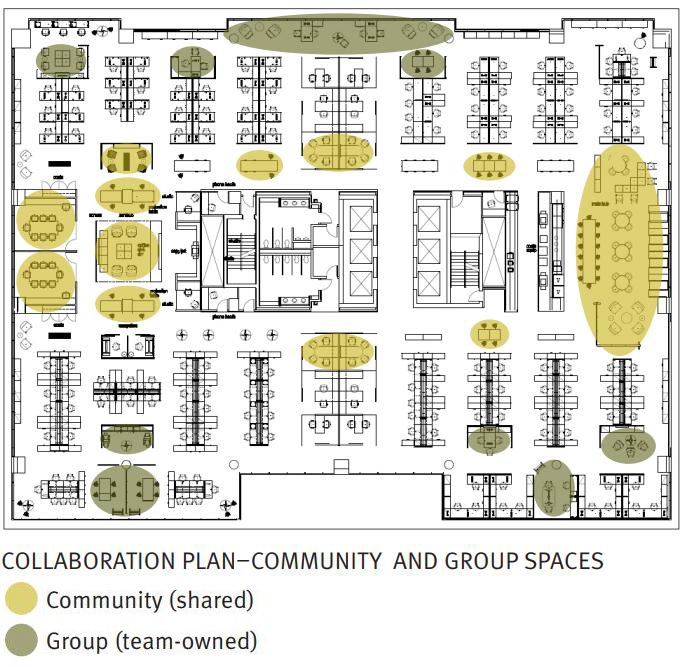
Community Collaboration
An inviting space to
encourage
Connection
Group Collaboration
- 1. Most of the group collaboration space serves as a circulation space as well as open collaboration zones for nearby work teams.
- 2. The 2 rectangular areas in the lower left provide project space, offering both tables for teamwork and a benching set up for individual work. Employees are free to shift between collaboration and focus work mode without leaving the space.
- 3. Group collaboration zone are located adjacent to workstation clusters. Proximity encourage spontaneous interaction.
- 4. Midway across the top is a benching applications for mobile workers who need to be available nearby their work teams. Soft seating in architectural niches offers another option for casual interaction.
With the higher level of collaboration space integration into the office plan, the collaboration plan represents a cultural shift from space that is �mine� to space that is �ours�. It encourages people to start thinking of the entire floor as their office, not just their individual workstation.

Group Collaboration
Enhancing team
Connection
Community & group space
